That is instability in the opamps.
That can easily happen if you have bad decoupling as mentioned in the comments or there is too much capacitance from the inverting input nodes to ground. That capacitance in conjunction with the feedback resistor adds phase shift that can cause oscillation.
The gain of the opamp varies with the instantaneous bias level that explains why it only happens on some parts of the output sine wave.
A common cure for this is to add a small capacitance across the feedback resistor (R30, R23, R26). It usually only needs to be in the region of 10pF and shouldn't affect operation at the frequency of operation.
When designing a PCB it is necessary to minimize trace lengths at the inverting node or the PCB parasitics can trigger this type of oscillation. In a PCB design I always make provision for a capacitance across the feedback resistor just in case it is needed.
On surface mount designs that haven't incorporated a capacitor in the design you can solder a capacitor directly on top of the feedback resistor as a "hack" to make the circuit function.




